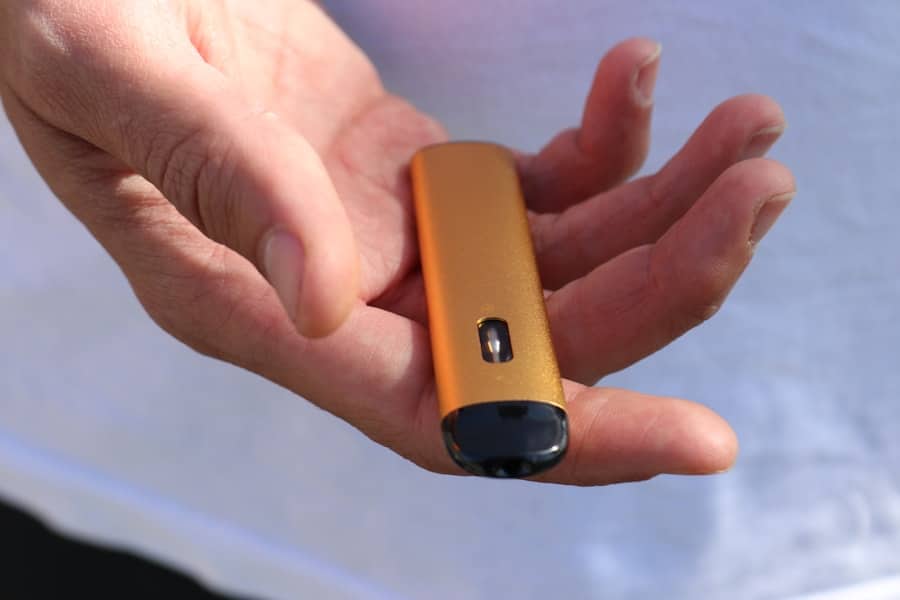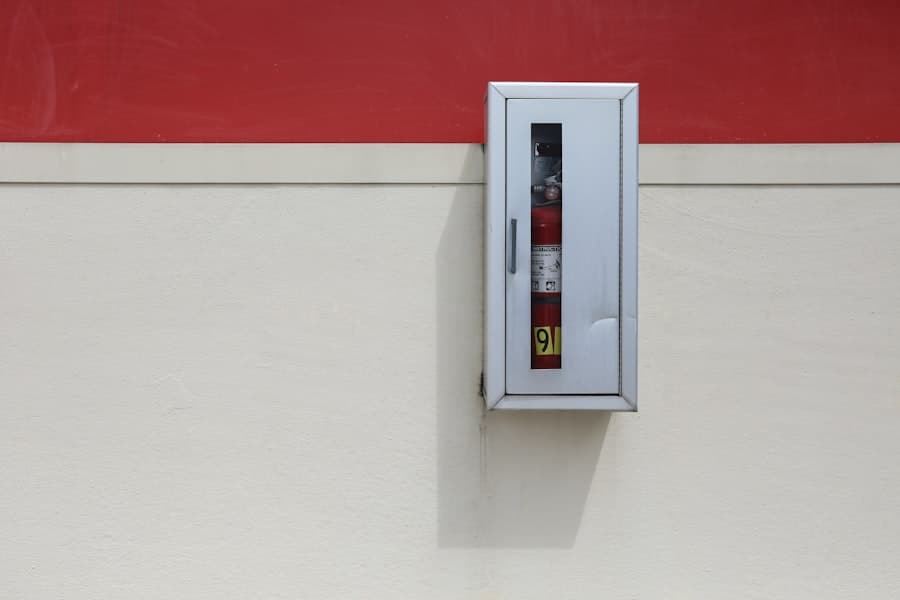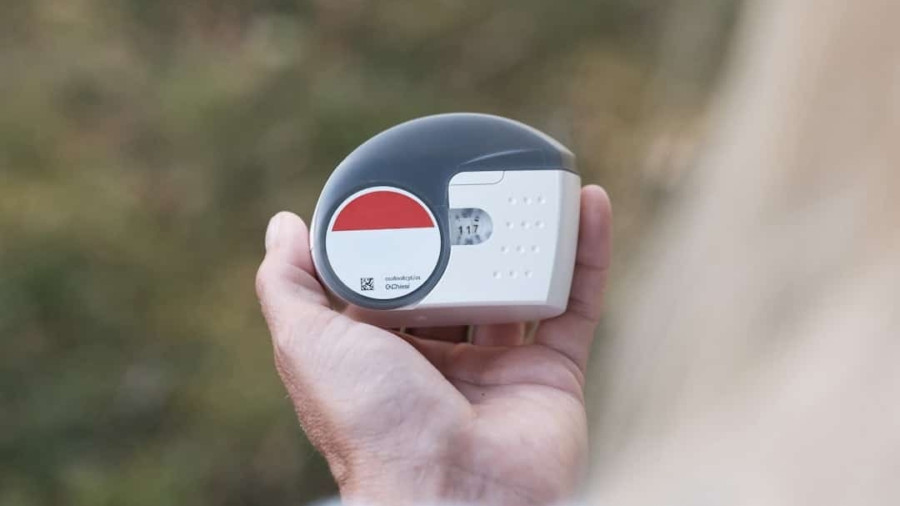The Internet of Things (IoT) has revolutionized the way we interact with our homes, providing unprecedented levels of convenience, security, and safety. IoT devices, which connect to the internet and communicate with each other, have become integral components of modern home safety systems. These devices range from smart smoke detectors to advanced security cameras, all designed to enhance the protection of our living spaces.
As the technology continues to evolve, homeowners are increasingly turning to IoT solutions to safeguard their properties and loved ones. The appeal of IoT devices for home safety lies not only in their ability to monitor and respond to potential threats but also in their capacity to provide real-time data and insights. This connectivity allows homeowners to stay informed about their environment, even when they are away.
With the integration of artificial intelligence and machine learning, these devices can learn from user behavior and adapt to changing conditions, making them more effective over time. As we delve deeper into the various applications of IoT devices for home safety, it becomes clear that they are not just a trend but a fundamental shift in how we approach home security and safety.
Key Takeaways
- IoT devices for home safety offer advanced monitoring and control capabilities to enhance safety and security.
- Gas leak detection IoT devices provide real-time alerts and notifications to prevent potential hazards.
- Early detection of fire hazards is possible with IoT devices equipped with smoke and heat sensors.
- Remote control and monitoring features allow homeowners to manage safety devices from anywhere.
- Integration with smart home systems enables seamless communication and automation for enhanced safety measures.
- Real-time alerts and notifications ensure immediate action in case of any safety threats.
- Data analysis and trend monitoring help in identifying patterns and potential safety risks for proactive measures.
- Choosing the right IoT devices for home safety involves considering the specific needs and features required for comprehensive protection.
Monitoring and Detecting Gas Leaks
Gas leaks pose a significant risk in residential settings, often leading to dangerous situations such as explosions or carbon monoxide poisoning. IoT devices designed for gas leak detection have emerged as essential tools for homeowners seeking to mitigate these risks.
When a leak is detected, the device can trigger an alarm and send notifications to the homeowner’s smartphone, allowing for immediate action. For instance, smart gas detectors can be installed in key areas of the home, such as kitchens or basements, where gas appliances are commonly found. These detectors not only alert residents to the presence of gas but can also provide real-time data on gas levels, enabling homeowners to monitor their environment continuously.
Some models even integrate with other smart home systems, allowing for automated responses such as shutting off gas valves or activating ventilation systems to disperse harmful gases.
Early Detection of Fire Hazards

Fire safety is another critical area where IoT devices have made substantial contributions. Traditional smoke detectors have long been a staple in home safety; however, they often lack the advanced features that modern technology can offer. Smart smoke detectors equipped with IoT capabilities can not only detect smoke but also analyze environmental conditions to predict potential fire hazards.
These devices utilize a combination of photoelectric and ionization sensors to provide comprehensive coverage against various types of fires. In addition to detecting smoke, many smart fire alarms are designed to communicate with other IoT devices in the home. For example, if a smoke detector senses danger, it can trigger smart lights to flash or send alerts to connected smartphones, ensuring that all occupants are aware of the situation.
Some advanced models even feature built-in cameras that can provide visual confirmation of a fire hazard, allowing homeowners to assess the situation remotely. This level of integration and responsiveness is crucial in minimizing damage and ensuring the safety of residents.
Remote Control and Monitoring
One of the most significant advantages of IoT devices for home safety is the ability to control and monitor systems remotely. Homeowners can access their security cameras, smoke detectors, and gas leak sensors from anywhere using a smartphone app or web interface. This remote access empowers individuals to keep an eye on their property while they are away, providing reassurance that their home is secure.
For example, consider a scenario where a homeowner receives an alert from their smart security camera indicating unusual activity outside their front door. With remote monitoring capabilities, they can view live footage from their smartphone and assess whether it is a false alarm or a legitimate threat. This immediate access allows for timely decision-making, such as contacting authorities or activating additional security measures.
Furthermore, remote control features enable users to adjust settings on their devices, such as silencing alarms or changing sensitivity levels, enhancing overall usability.
Integration with Smart Home Systems
The true power of IoT devices for home safety lies in their ability to integrate seamlessly with existing smart home systems. Many homeowners have already adopted smart technologies such as smart thermostats, lighting systems, and security cameras. By incorporating safety devices into this ecosystem, users can create a comprehensive safety network that enhances overall home security.
For instance, when integrated with a smart home hub, a smoke detector can trigger other devices in response to an emergency. If smoke is detected, the system could automatically unlock doors for easy exit, turn on lights to illuminate escape routes, and even notify emergency services. This level of coordination not only improves response times but also ensures that all aspects of home safety work together harmoniously.
As more manufacturers embrace interoperability standards like Zigbee or Z-Wave, homeowners can expect even greater flexibility in choosing devices that suit their specific needs.
Real-time Alerts and Notifications

Real-time alerts and notifications are critical components of any effective home safety system. IoT devices excel in this area by providing immediate feedback when potential hazards are detected. For example, if a gas leak is identified by a smart detector, the device can send an instant notification to the homeowner’s smartphone, allowing them to take swift action before the situation escalates.
Moreover, these alerts can be customized based on user preferences. Homeowners can choose how they want to be notified—whether through push notifications on their smartphones, text messages, or even voice alerts through smart speakers. This flexibility ensures that individuals receive timely information in a manner that suits their lifestyle.
Additionally, some systems allow for multiple users to receive alerts simultaneously, ensuring that all family members are informed and can respond accordingly.
Data Analysis and Trend Monitoring
The integration of data analysis capabilities into IoT devices for home safety offers homeowners valuable insights into their living environments. Many smart safety devices collect data over time, allowing users to monitor trends related to air quality, gas levels, or fire hazards. This information can be instrumental in identifying patterns that may indicate underlying issues.
For instance, if a gas detector consistently reports elevated levels during specific times of day or after certain activities (like cooking), homeowners can investigate further to determine if there is a malfunctioning appliance or inadequate ventilation. Similarly, smoke detectors may provide data on false alarms triggered by cooking smoke versus actual fire incidents. By analyzing this data, homeowners can make informed decisions about maintenance or upgrades needed to enhance safety.
Choosing the Right IoT Devices for Home Safety
Selecting the appropriate IoT devices for home safety requires careful consideration of various factors. Homeowners should assess their specific needs based on the layout of their homes, existing security measures, and lifestyle habits. For instance, families with young children may prioritize smoke detectors with voice alerts that provide clear instructions during emergencies.
Additionally, compatibility with existing smart home systems is crucial when choosing IoT devices. Homeowners should look for products that support common communication protocols like Wi-Fi or Zigbee to ensure seamless integration with other smart technologies in their homes. Reading reviews and seeking recommendations from trusted sources can also help identify reliable brands known for quality and performance.
Budget considerations play a significant role in decision-making as well. While investing in high-quality IoT devices may require an upfront cost, the long-term benefits in terms of enhanced safety and peace of mind often outweigh these initial expenses. Ultimately, by carefully evaluating options and aligning them with personal safety goals, homeowners can create a robust IoT-enabled safety system tailored to their unique needs.
In conclusion, IoT devices have transformed home safety by providing advanced monitoring capabilities, real-time alerts, and seamless integration with existing smart technologies. As these devices continue to evolve and improve, they will play an increasingly vital role in protecting our homes and loved ones from potential hazards.
If you are interested in learning more about how technology can enhance your home environment, you may want to check out The Ultimate Guide to the Best Lighting Design Software of 2023. This article explores how innovative software can help homeowners create the perfect lighting ambiance in their living spaces. By incorporating the latest technology into your home, you can not only improve safety measures but also enhance the overall aesthetic appeal of your living space.
FAQs
What are IoT devices?
IoT devices, or Internet of Things devices, are physical devices embedded with sensors, software, and other technologies that enable them to connect and exchange data with other devices and systems over the internet.
How do IoT devices help homeowners manage fire risks?
IoT devices such as smart smoke detectors and fire alarms can alert homeowners to potential fire hazards in real-time, even when they are away from home. These devices can also be integrated with home automation systems to automatically shut off appliances or HVAC systems in the event of a fire.
How do IoT devices help homeowners manage gas risks?
IoT devices such as smart gas detectors can monitor the levels of harmful gases such as carbon monoxide and natural gas in the home. These devices can send alerts to homeowners’ smartphones if dangerous levels are detected, allowing them to take immediate action to mitigate the risk.
What are the benefits of using IoT devices for managing fire and gas risks?
Using IoT devices for managing fire and gas risks provides homeowners with real-time monitoring and alerts, allowing them to take proactive measures to protect their homes and families. Additionally, these devices can be integrated with home security systems for added peace of mind.

